Traduction générée automatiquement
Montrer le texte original
Montrer le texte traduit
Gorgeous console table in bamboo and rattan. This amazing piece was designed in Italy during the 1960s and is attributed to Franco Albini. Fully handmade, perfect example of Italian manufacture from the 60s. The console has four beautiful curved legs in bamboo, the top shelf is in woven wicker and is enriched by rattan decorations, the lower level features a shelf in bamboo canes. A fantastic piece that will complete a midcentury living or a bar, adding elegance to all the environments. Measurements (cm): Height - 84 Width - 92 Depth - 44 Franco Albini (17 October 1905 – 1 November 1977) was an Italian Neo-Rationalist architect, designer and university instructor in design. A native of Robbiate, near Milan, Albini obtained his degree in architecture at Politecnico di Milano University in 1929 and began his professional career working for Gio Ponti. He started displaying his works at Milan Triennale. In 1930 he opened his own practice. Through his creations, the modern furniture design merged the Italian traditional artisanship with the new forms of modernism. In his creations, he used raw, inexpensive materials. He exploited the very skilled Italian craftsmanship. This also meant an elegant design based on a minimalist aesthetic. One of his first successful works in 1939 was a radio, encased in glass, so to show its internal components. In 1928 Albini designed the now-iconic "Albini Desk", combining steel, glass and wood with a striking minimalistic balance, and introduced by Knoll in 1949. In 1950 he designed the famous and fashionable "Margherita" and "Gala" chairs, made of woven cane. In 1952 he created the "Fiorenza" armchair for Arflex; in 1955 the "Luisa" chair; in 1956 the "Rocking chaise" for Poggi. In the 1960s he worked on industrial design as well as important architectural projects. In 1961 he designed the Rome Rinascente building. Three years later he designed with Franca Helg and Bob Noorda the Milan Metro Line 1 subway stations, and from 1969 also Milan Metro Line 2 subway stations. In 1964 the television set he created for Brionvega was displayed at the Milan Triennial XIII. In the same year, he created various lamps for Arteluce. Albini worked for companies including Brionvega, Cassina, Arflex, Arteluce and Poggi. He was also an architect and interior designer. Among others, in 1945 he created the Zanini Fur Shop located in Milan. As writer and editor, from 1945 to 1946 he worked for the Italian magazine Casabella. In the 1950s and 1960s he taught interior design at the Venice School of Architecture (Università Iuav di Venezia). from 1963-1977 he taught design at Milan Polytechnic (Politecnico di Milano). Albini obtained three Compasso d'Oro awards, the most prestigious Italian design prize.
Magnifique table console en bambou et rotin. Cette pièce étonnante a été conçue en Italie dans les années 1960 et est attribuée à Franco Albini. Entièrement réalisée à la main, parfait exemple de fabrication italienne des années 60. La console a quatre beaux pieds incurvés en bambou, l'étagère supérieure est en osier tressé et est enrichie de décorations en rotin, le niveau inférieur comporte une étagère en cannes de bambou. Une pièce fantastique qui complètera un salon midcentury ou un bar, en ajoutant de l'élégance à tous les environnements. Mesures (cm) : Hauteur - 84 Largeur - 92 Profondeur - 44 Franco Albini (17 octobre 1905 - 1er novembre 1977) était un architecte néo-rationaliste italien, un designer et un instructeur universitaire en design. Originaire de Robbiate, près de Milan, Albini obtient son diplôme d'architecte à l'université Politecnico di Milano en 1929 et commence sa carrière professionnelle en travaillant pour Gio Ponti. Il commence à exposer ses œuvres à la Triennale de Milan. En 1930, il ouvre son propre cabinet. Grâce à ses créations, le design de mobilier moderne fusionne l'artisanat traditionnel italien avec les nouvelles formes du modernisme. Dans ses créations, il utilisait des matériaux bruts et peu coûteux. Il a exploité l'artisanat italien très qualifié. Cela signifiait également un design élégant basé sur une esthétique minimaliste. L'une de ses premières œuvres à succès en 1939 était une radio, encastrée dans du verre, de manière à montrer ses composants internes. En 1928, Albini a conçu le désormais iconique "bureau Albini", qui combine acier, verre et bois avec un équilibre minimaliste saisissant, et qui a été introduit par Knoll en 1949. En 1950, il conçoit les célèbres et très à la mode chaises "Margherita" et "Gala", en rotin tressé. En 1952, il crée le fauteuil "Fiorenza" pour Arflex ; en 1955, la chaise "Luisa" ; en 1956, la "Rocking chaise" pour Poggi. Dans les années 1960, il travaille sur le design industriel ainsi que sur d'importants projets architecturaux. En 1961, il conçoit le bâtiment Rinascente de Rome. Trois ans plus tard, il conçoit avec Franca Helg et Bob Noorda les stations de métro de la ligne 1 du métro de Milan et, à partir de 1969, les stations de métro de la ligne 2 du métro de Milan. En 1964, le poste de télévision qu'il a créé pour Brionvega est exposé à la Triennale XIII de Milan. La même année, il crée diverses lampes pour Arteluce. Albini a travaillé pour des entreprises telles que Brionvega, Cassina, Arflex, Arteluce et Poggi. Il était également architecte et décorateur d'intérieur. Il a notamment créé en 1945 le magasin de fourrure Zanini situé à Milan. En tant qu'écrivain et rédacteur, il a travaillé de 1945 à 1946 pour le magazine italien Casabella. Dans les années 1950 et 1960, il a enseigné la décoration intérieure à l'école d'architecture de Venise (Università Iuav di Venezia). De 1963 à 1977, il a enseigné le design à l'école polytechnique de Milan (Politecnico di Milano). Albini a obtenu trois Compasso d'Oro, le prix de design italien le plus prestigieux.
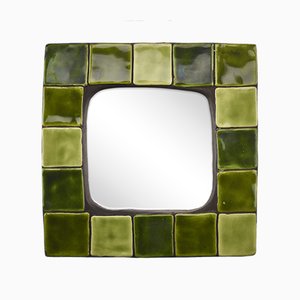


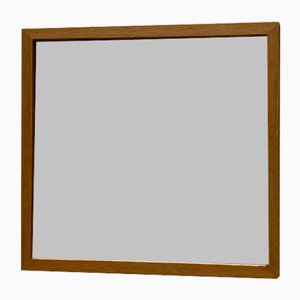

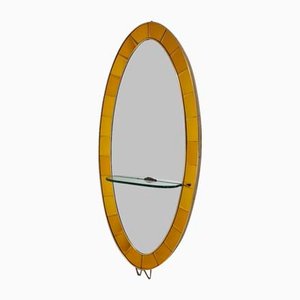
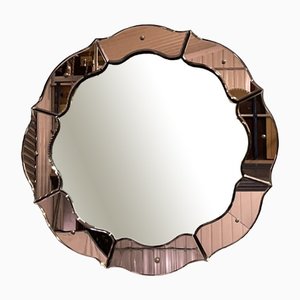

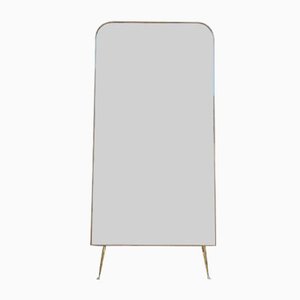
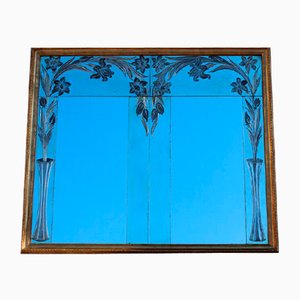

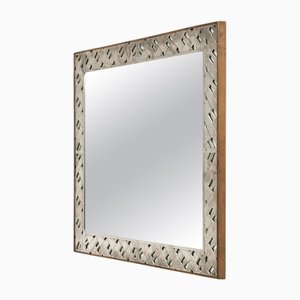



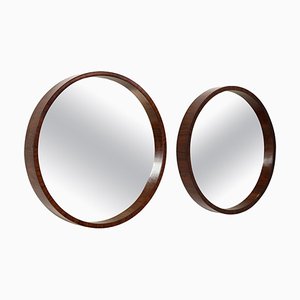


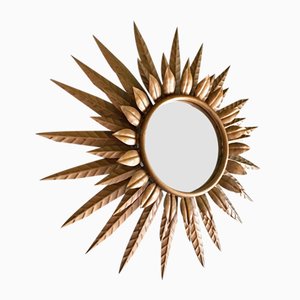

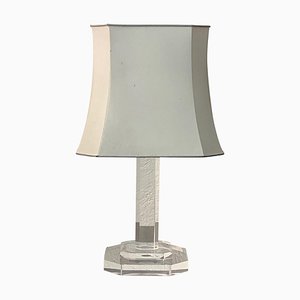

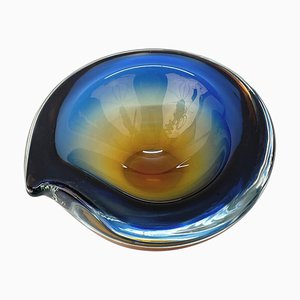

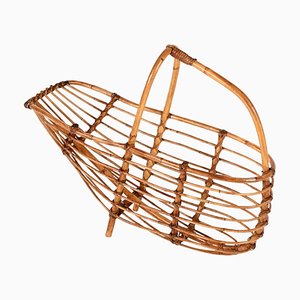

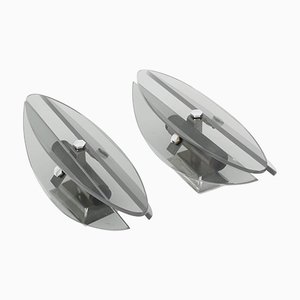
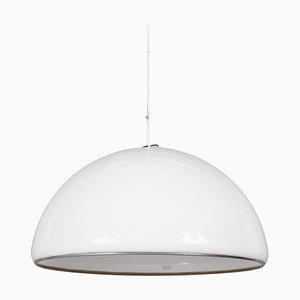
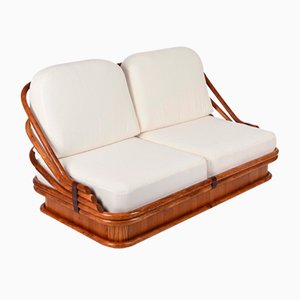
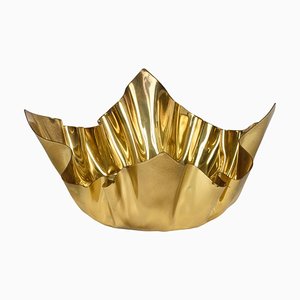

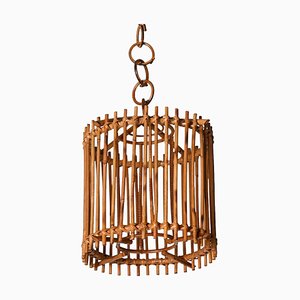
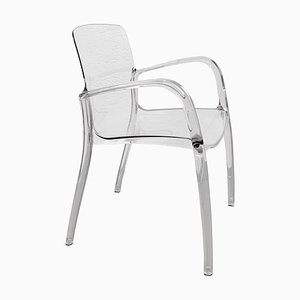
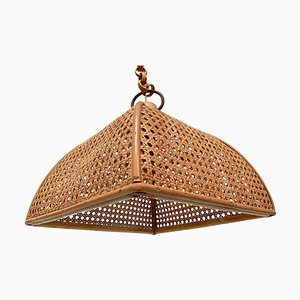
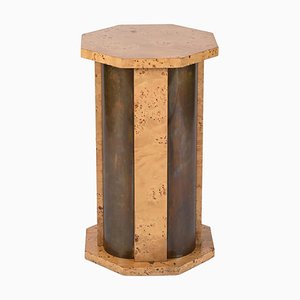

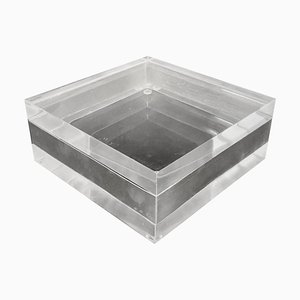

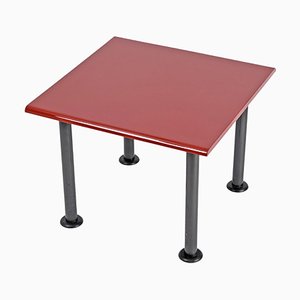
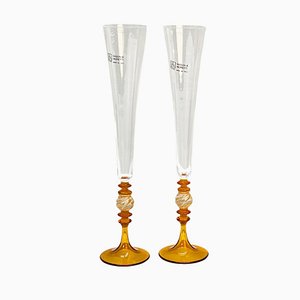
Contactez-nous
Faire une offre
Nous avons remarqué que vous êtes nouveau sur Pamono !
Veuillez accepter les Termes, Conditions et Politique de Confidentialité
Contactez-nous
Faire une offre
Vous y êtes presque!
Pour suivre votre conversation sur la plateforme, merci de compléter votre enregistrement Pour procéder avec votre offre sur la plateforme, veuillez compléter l’enregistrement.Envoyé!
Merci pour votre message, un membre de notre équipe vous contactera rapidemment
Si vous etes un professionnel du design, merci de vous inscrire ici pour pouvoir profiter de bénéfices exclusifs